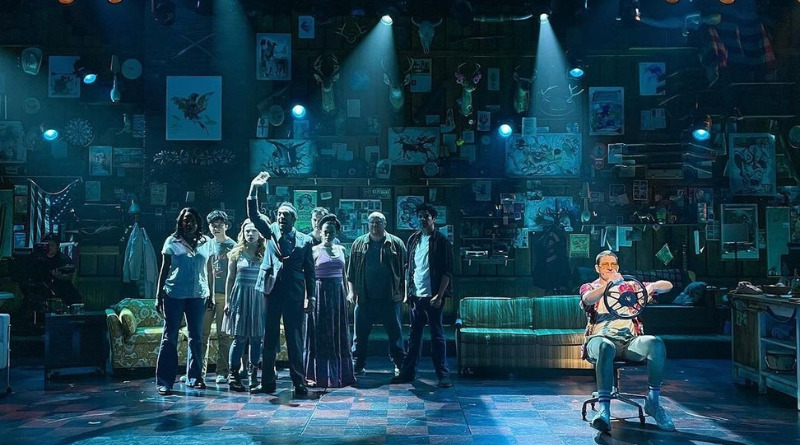“Why should I care?” How Empathy and Curiosity Can Help Us See “The Big Picture”

In this edition of Half-Hour, my friend Nicholas Lambros Smith discusses the importance of empathy and curiosity and how using these communication tools can open up conversations, allow for growth, and to see different perspectives.
In the world of live entertainment, every performance is the culmination of a delicate dance of creativity and precision. As the communication hub at the center of that dance, we Stage Managers are often confronted with new challenges at every turn. For many who are just starting their careers, the focus is learning how to handle the technical challenges–in other words, the kind that can be solved by following specific steps, like restarting a buggy computer or changing the temperature in a rehearsal room. However, just as often as those technical challenges, we also encounter adaptive challenges or those that require more innovative and nuanced solutions–dealing with chronic tardiness, underprepared collaborators, and general communication hurdles.
“The most common cause of failure in leadership is produced by treating adaptive challenges as if they were technical problems… Adaptive challenges can only be addressed through changes in people’s priorities, beliefs, habits, and loyalties. Making progress requires going beyond any authoritative expertise to mobilize discovery, shedding certain entrenched ways, tolerating losses, and generating the new capacity to thrive anew.” – The Practice of Adaptive Leadership; Heifetz, Grashow, Linksy
Working through adaptive challenges may seem simple on the surface, but many times, they are like an iceberg, where the adaptive challenge is just the exposed tip while there are much larger issues under the water line. In their works on Adaptive Leadership, Ronald Heifetz and Marty Linsky discuss this using the metaphor of “getting off the dance floor and going to the balcony,” where the dance floor represents being in the middle of the action and looking at the fine details, while the balcony represents stepping back to look at the big picture. When we are in the midst of chaotic processes, it is necessary for us to pay close attention to the fine details, but that focus can cause us to lose the perspective of the larger project if we aren’t careful. Especially in the context of working through adaptive challenges, it is important to be able to move back and forth between the balcony and the dance floor, taking the time to understand “what is going on beneath the surface” when challenges arise. In my practice, I have found it very helpful to use curiosity and empathy as my guides to moving between the dance floor and balcony, changing my perspective to better understand the big picture.
This article was originally published on TheatreArtLife.com.
Editor's Note: At StageLync, an international platform for the performing arts, we celebrate the diversity of our writers' backgrounds. We recognize and support their choice to use either American or British English in their articles, respecting their individual preferences and origins. This policy allows us to embrace a wide range of linguistic expressions, enriching our content and reflecting the global nature of our community.
🎧 Join us on the StageLync Podcast for inspiring stories from the world of performing arts! Tune in to hear from the creative minds who bring magic to life, both onstage and behind the scenes. 🎙️ 👉 Listen now!
